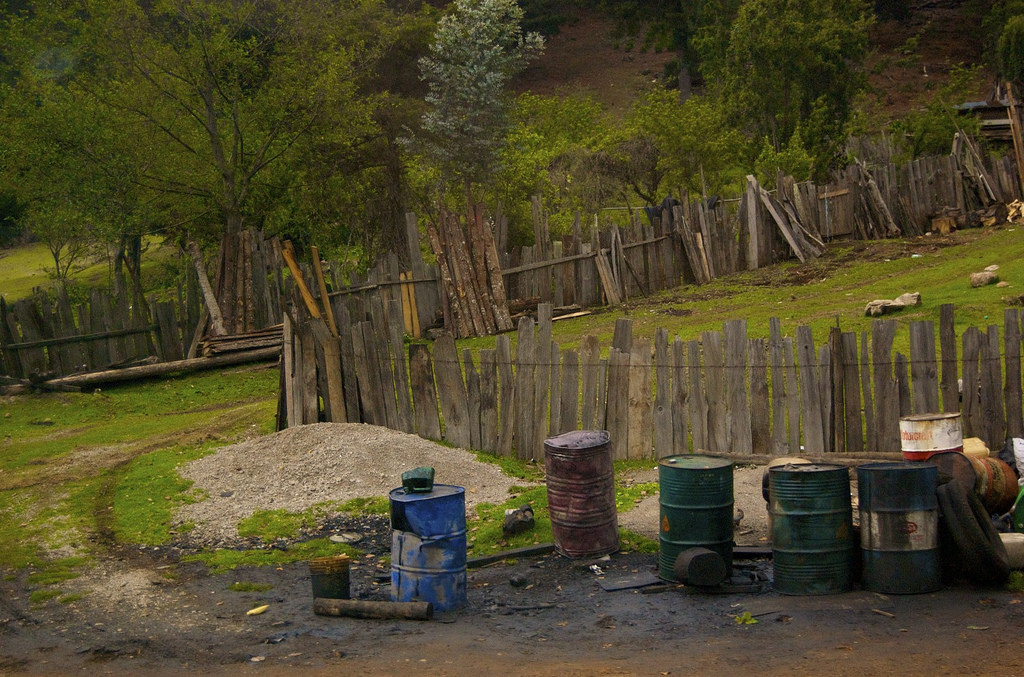A sexual addiction turns any relationship toxic. A toxic relationship strips a person of their health. We all live in a network that connects us with other people. When those relationships are healthy, we are healthy.
A partner of a person who struggles with sexual addiction faces many challenges. Once the challenge of Denial is overcome, she is faced with having to address her primary relationship that has been made toxic by the addiction.
To address this challenge does not necessarily involve a physical separation or a divorce. It does, however, absolutely require the setting of explicit boundaries. It may also involve overcoming the trauma of betrayal and addressing other challenges associated with the relationship.
Before work can begin with boundaries, one must integrate the trauma experience to assure that a trauma response does not undermine your ability to make healthy choices. Betrayal trauma, also called Partner Trauma is a common condition. It normally follows the surprising disclosure that all is not as it seems.
A trauma therapist who also brings training in sexual addiction to the treatment plan helps a partner take first step in addressing healing. Once the trauma has been addressed, one can begin to work on setting boundaries.
A boundary is an invisible line that secures one’s sense of self. It establishes one’s personal autonomy. It reclaims one’s personal power in the world. To set a clear personal boundary reinforces the truth that one need not be a victim in any relationship, and need not succumb to the toxicity of a relationship.
It establish a space for health in the presence of disease.
The partner of a person who struggles with sexual addiction has the responsibility to keep herself safe in the relationship.
In relationship with a person who struggles with sexual addiction, one’s boundaries are constantly tested. But this also presents an opportunity: The testing of one’s boundaries is the best way to learn to set and keep them.
In the early stages of recovery it is helpful to work on boundary setting with a therapist trained in sexual addiction. A well-trained therapist will help you to identify important boundaries to set. She will also help you overcome the emotional barriers that make boundary setting difficult for you in the first place.
A good treatment plan follows a path that includes the healing of the person who struggles with the addiction at that same time that it addresses the person who have been traumatized by the toxicity caused by the addiction.
Early stages of treatment focus on treatment of each individual. One has to establish good sobriety from behaviors that express the addiction. The other has to overcome the trauma. This is important work. It takes time.
Unfortunately, some people abandon treatment once the acting out has stopped or once the pain of trauma has been resolved. After all, people tend to seek help when they are hurting. When the pain of a toxic relationship fades, so often does the motivation to keep woking at greater health.
The problem is, of course, that the root causes of what feeds the addiction process have not yet been addressed. Once the pain stops and certain measure of sanity has been restored, the deeper work has only begun.
It is not enough to stop doing something, or to stop feeling a certain way. It is best to complete the arduous work of treatment with the final step of learning how to do something new, and to feel something new so that one never falls back into old patterns of behavior that did not work in the first the place.
It is best, and we always advise, individuals and couples to remain in the program until they are able to keep themselves safe in relationship and to practice the skills of mutual respect, support, challenge, and encouragement that keeps every relationship healthy.
Image by Julio penagos

